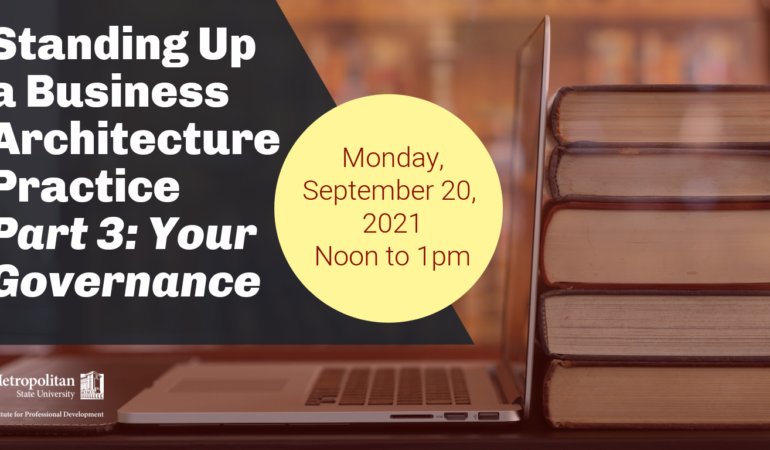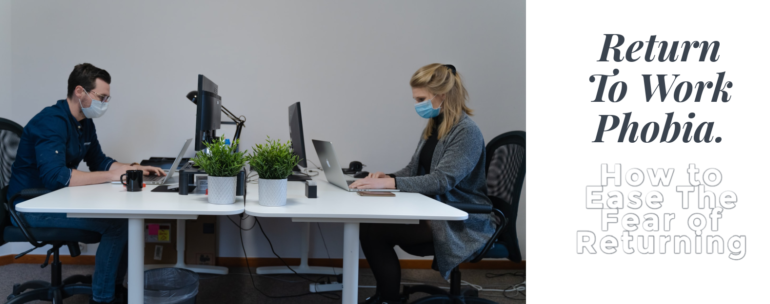May is Mental Health Awareness Month
Things You Can Do Now To Improve Your Organization’s Mental Health – Even While Working From Home
In the past, I would have dismissed this topic as something that is so distant to me, I would not even need to glance in its direction.
I would much rather focus on other topics that can claim May as their month:

American Cheese – and not just the slices in cellophane wrappers, but the artisan chesses. The American Cheese Society encourages you to visit a local cheese producer.
Asparagus- hard to grow, but easy to cook.
Barbecue – obviously, go out to eat
Bikes – featuring National Bike to School Day on May 5th
Even, Correct Your Posture Month sounds more appealing than a discussion about mental health, and oh, so easy, to celebrate. This website says to stand up from your desk every 30 minutes.
Mental Health – no so fun and not so easy to focus on.
While, in theory I know the stigma attached to mental health and seeking help needs to be removed; when it comes to myself it is easy to think, “I am just fine – thank you very much.”
In actuality, being just fine would put me in the minority.
Forbes reported that 75% of U.S. Workers have struggled at work this past year due to anxiety caused by the Covid-19 pandemic and other recent current events.
While many companies are mentioning their support systems more frequently to help their employees with mental health – like the Employee Assistance Program (EAP) that Metro State employees can tap into, I feel it quite unlikely that I would make that call because I feel “stressed.” Perhaps, you are like me. Even though you are struggling with stress, you are not ready to make an official call for help.
So, what can you and I do to contribute to positive mental health of our workplace – especially when working from home?
#1. Take Care of Me
Yes, you first.
You cannot help others if you are unhealthy.
- Keep a regular schedule each day that includes specific times to:
- Stop and start work
- Connect with family and friends, and
- Provide self -care (time to eat, exercise, and sleep).
- Use relaxation techniques, such as the 5-4-3-2-1 Coping Technique
- Distract and redirect energy into activities that bring joy – for me – gardening
- Schedule time away from screens and get fresh air
- Set up an ergonomically correct work station
#2. Take Care of Your Coworkers
Now that you cannot gather around the water cooler each day, this is even more important.
- Show empathy when others share their anxiety
- Schedule time to routinely check in with coworkers to ward off isolation
- Encourage them to use the EAP if you hear something troubling
- Encourage them to be assertive, yet courteous, and say “no” to work or deadlines that go beyond understood boundaries
- Encourage them to do the five items above in “Taking Care of Me”
#3. Take Care of Your Staff
Leaders have extra responsibility in maintaining a health workplace culture.
- Make sure your staff is aware of EAP resources
- Routinely schedule 1:1 time with team members:
- Provide space for them to “not be OK”
- Help them feel connected to the vision and mission of the organization
- Clarify their role and responsibilities
- Encourage staff to set and keep regular work hours. Make sure they know that working from home does not equate to being available 24/7
- As guidelines change, create coworking spaces where your team can meet in person now and then
- If the position allows, provide flexibility for staff to control their own schedules
If your organization needs some nudging to help you create a healthy work- from-home structure, remind them that
healthy people are more productive: they…

- Call in sick less
- Reduce the organization’s turnover rate
- Have more brain capacity available to be problem-solvers
- Reduce healthcare costs
One final note, *I am not a mental health professional.*
This blog is not intended to be a substitute for professional advice, diagnosis, medical treatment or therapy.
Now, quit reading this screen and go for a walk.
Resources
5-4-3-2-1 Coping Technique for Anxiety from Behavioral Health Partners Blog from the University of Rochester Medical Center
Coping with Stress on Healthline
How to Keep Your Mental Health in Check When You Work From Home from We Work Remotely
How Working from Home is Impacting our Mental Health by Bethany Garner from Business Because
The Impact of Mental Health on Employees’ Productivity by Dennis Relojo-Howell on Psychreg
Mental Health and Remote Work: Survey Reveals 80% Would Quit their Jobs for This by Chris Westfall on Forbes
What Employers Need to Know About Mental Health in the Workplace published on McLean: Harvard Medical School Affiliate
Working Remotely During Covid-19 Center for Workplace Mental Health sponsored by the American Psychiatric Association Foundation
 ABOUT THE PRESENTER
ABOUT THE PRESENTER













 As I reflect on my biggest lesson learned with Bob, it is to listen. Bob taught me better ways to listen to what people needed- and more accurately, use the listening to help them discover what they needed. At work, the listening could be related to improving a business or training experience, but I find that I use those same listening skills with my family and friends. I may not actually draw the boat to do the Anchor and Sail, but I ask the questions: What is preventing you from moving forward with buying the house you want? What is helping you embrace the idea of retirement?
As I reflect on my biggest lesson learned with Bob, it is to listen. Bob taught me better ways to listen to what people needed- and more accurately, use the listening to help them discover what they needed. At work, the listening could be related to improving a business or training experience, but I find that I use those same listening skills with my family and friends. I may not actually draw the boat to do the Anchor and Sail, but I ask the questions: What is preventing you from moving forward with buying the house you want? What is helping you embrace the idea of retirement?